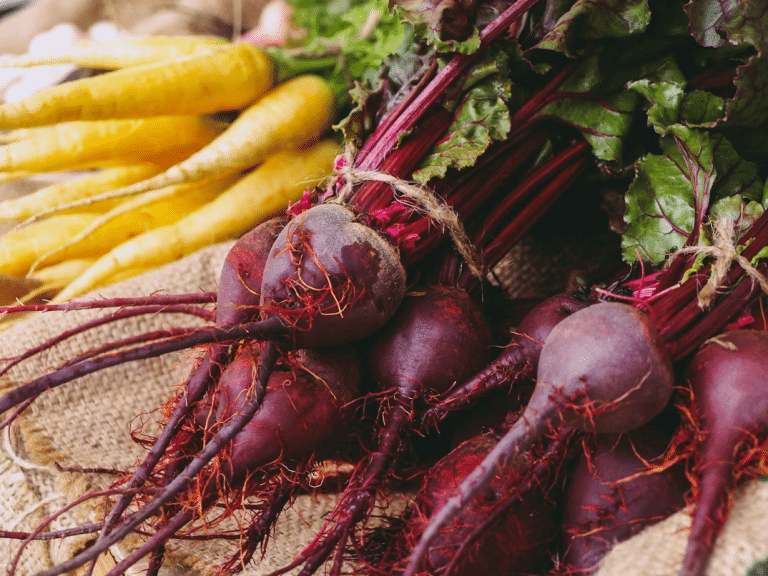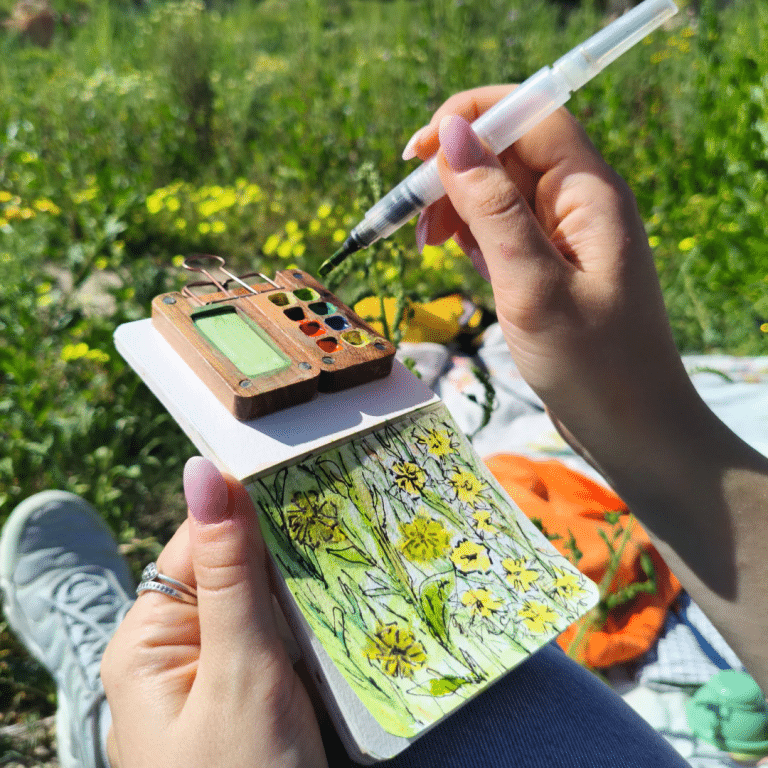Beets are one of the most rewarding crops to grow right in your backyard. They are handy, fast-growing, and don’t demand much space. These characteristics make them ideal for both beginner gardeners and seasoned growers.
Beyond their earthy flavor and deep color, beets are rich in folate, iron, and fiber, and other essential nutrients. They’re also easy to preserve, so you can enjoy your harvest long after the growing season ends. Whether you’re roasting, fermenting, or trying a pickled beets recipe, the meal possibilities are endless. So, let’s begin with the backyard growing basics to get you started.
Beets Backyard Growing Basics
Since beets are compact, cold-tolerant, and relatively low-maintenance, they thrive in backyard gardens. But what should you know about growing these crops? Let’s explore three primary conditions:
1. Soil and Location
Beets prefer loose, well-drained soil that’s free of obstructions that could hinder root growth. A neutral to slightly acidic pH (6.0–7.5) is best. If you are dealing with clay-heavy or compacted soil, mix in compost, sand, or peat to loosen it. Raised beds are also ideal as it allows better drainage and easier soil control.
Sunlight is absolutely vital for beet growth, so aim for a minimum of 6 hours of sunlight daily. Beets can survive in partial shade, but they take longer to mature and produce smaller roots.
2. Sowing and Timing
Beets won’t often survive being transplanted. That’s why it’s best to sow the seeds directly into the soil once it’s workable during early spring. This should be about 2–4 weeks before your last frost. Plant the seeds about half an inch deep and 2–3 inches apart in rows spaced 12 inches apart. Each beet “seed” is a seed cluster which would produce several sprouts in each planting spot.
To maintain a continuous harvest, practice succession planting. This means sowing new rows every 2–3 weeks through midsummer. In cooler climates, a late-summer planting will still net you a fall crop.
3. Watering, Thinning, and Pest Control
Beets like consistent moisture but hate soggy soil. Water deeply once or twice a week, and mulch around the plants to retain moisture and suppress weeds. After the seedlings emerge, thin them to about 3 inches apart. Don’t worry about a reduced harvest, since too many beets in the same spot would compete for soil nutrients and produce smaller roots.
Although beets are relatively pest-resistant, watch out for leaf miners and slugs. Pick off slugs using your hands and protect the seedlings with mesh row covers if needed.
Using Beets Year-Round
Beets are one of the few crops where the entire plant can be used in the kitchen. From the colorful roots to the tender leafy tops, each part offers great nutritional value. Here’s how to make the best of your beets across various meals throughout the year:
Root Uses
- Roasting brings out the natural sweetness of beets, making them a perfect addition to grain bowls, salads, or warm side dishes.
- Boiled or steamed beets work well in soups, pasta, and purees. You can also cube and toss them into stews for extra color.
- Raw beets add crunch and brightness to your meals when shredded into slaws or sliced thin for wraps and sandwiches.
- In baking, beet puree adds moisture and natural sweetness to muffins, chocolate cake, and brownies.
Beet Greens
- Since beet greens are tender, flavorful, and highly nutritious, the young leaves can be used raw in salads or blended into green smoothies.
- The mature greens are best lightly cooked, sautéed with garlic and olive oil. You can also wilt them into pasta or risotto, or stir them into soups and stews.
Beet Stems
- Finely chop beet stems and add them to soups for improved texture and flavor.
- You can also blend beet stems into smoothies, pesto, or sauces for a no-waste, low-effort nutritional drink.
Why Beets in the Backyard Just Make Sense
With just a little planning, you can grow, enjoy, and store every part of beets. To keep your backyard beets fresh and preserved all year round, here are a few tips to keep in mind:
- Trim and store unwashed roots in a cool, dark location, such as a root cellar, basement, or refrigerator.
- Freeze cooked beets in slices or cubes for easy use in recipes.
- Make a batch of pickles using a simple pickled beets recipe to enjoy them well into the off-season.













